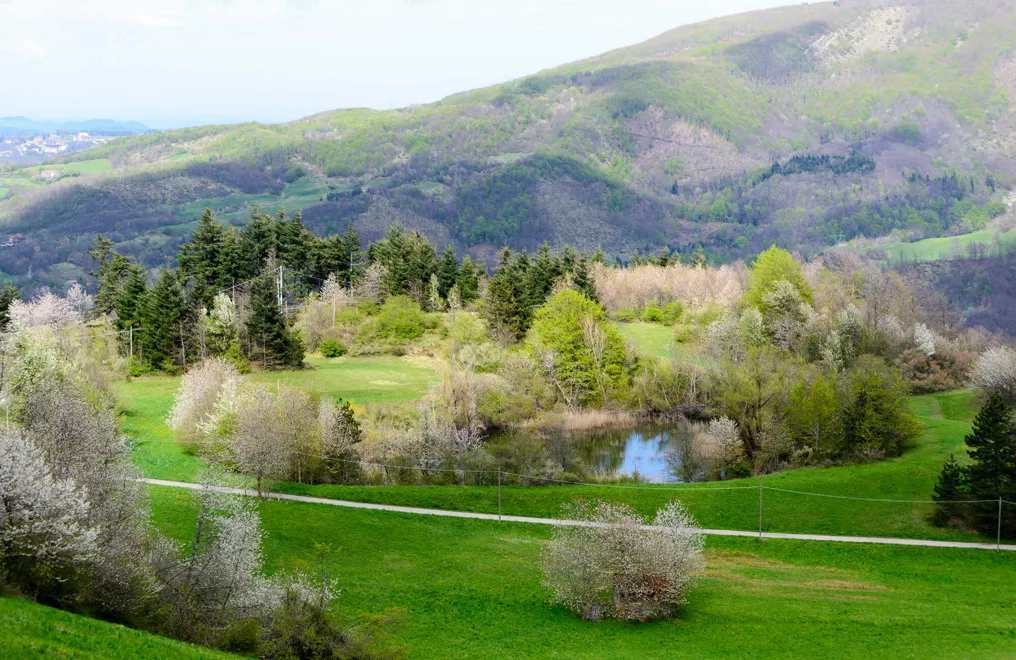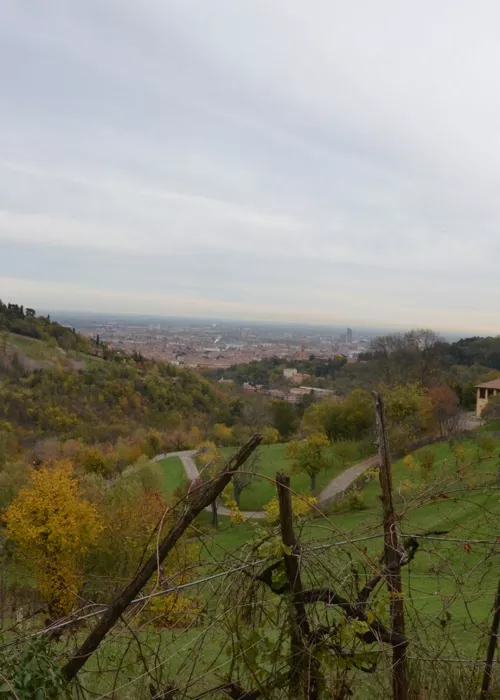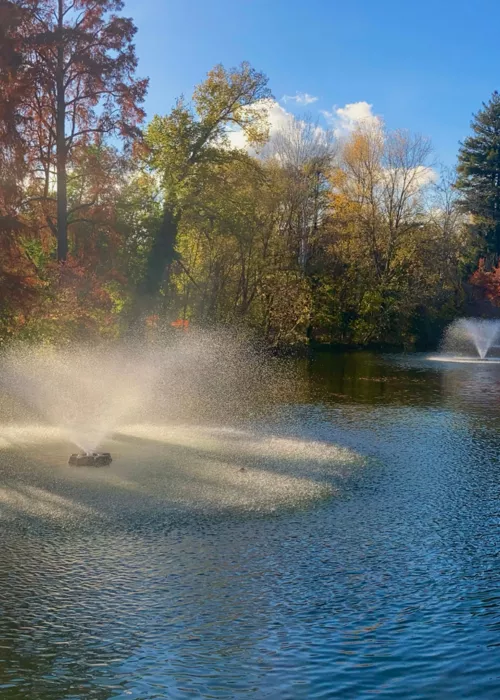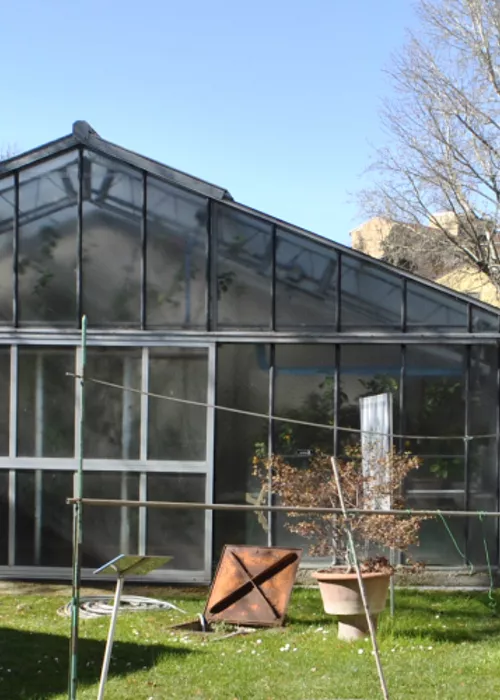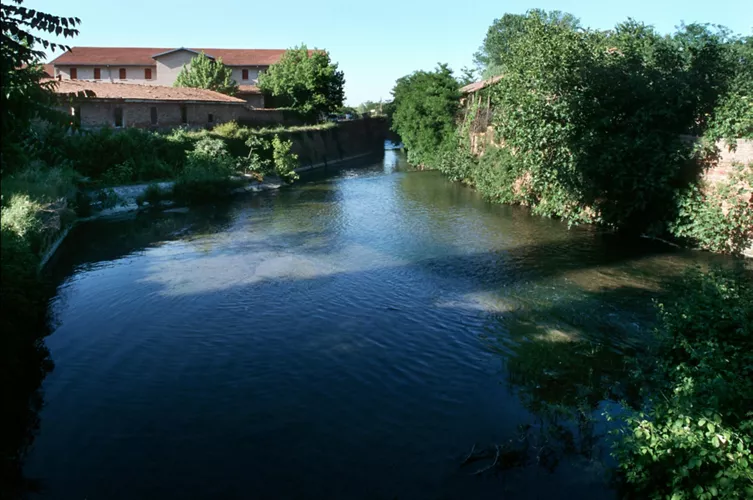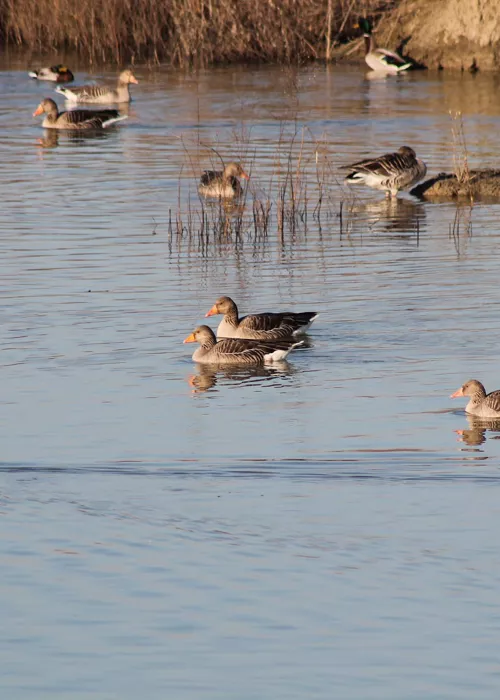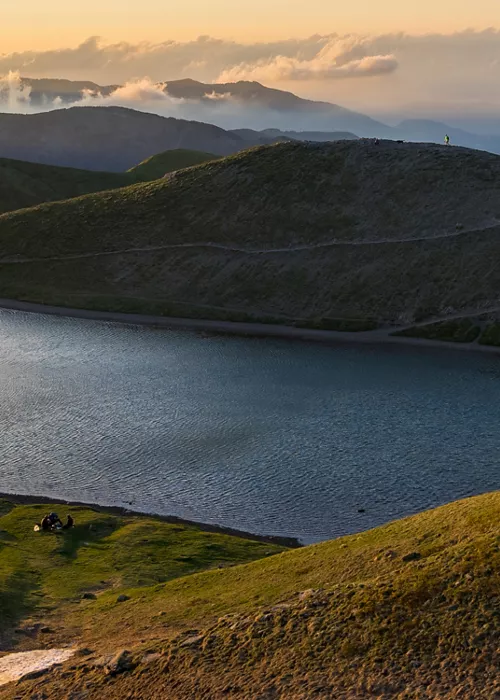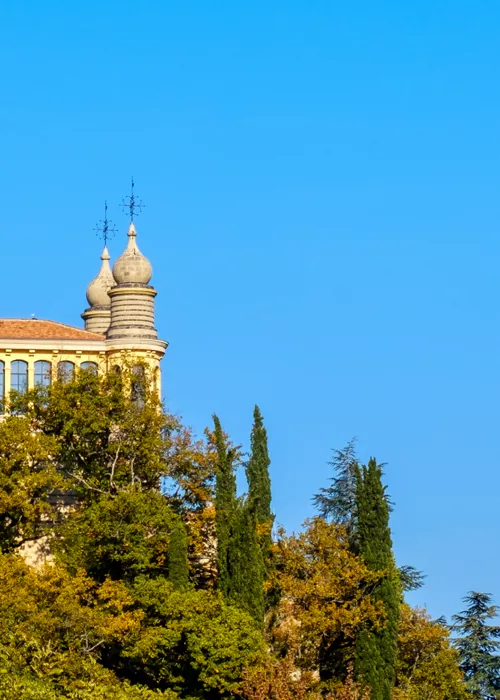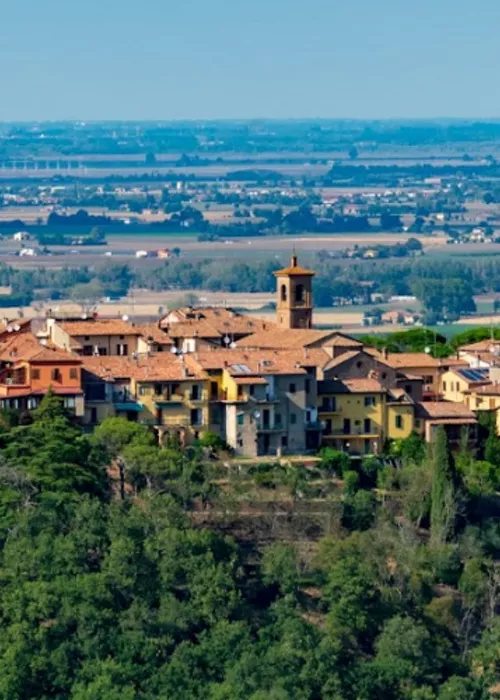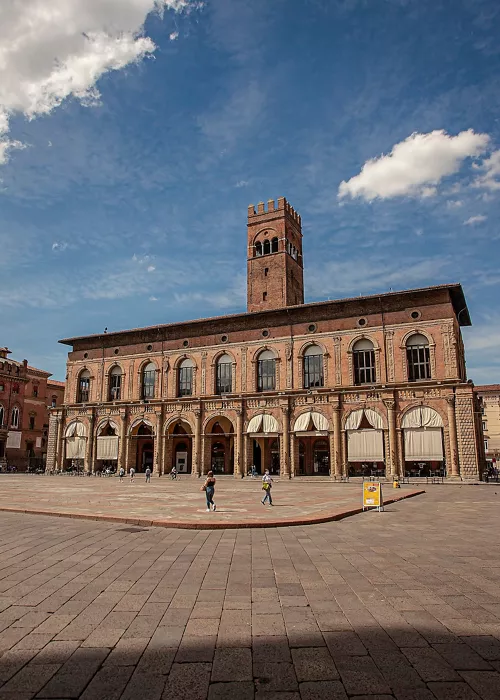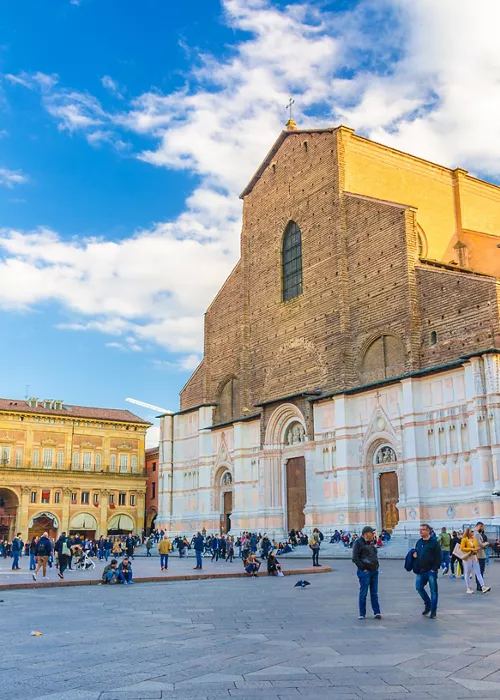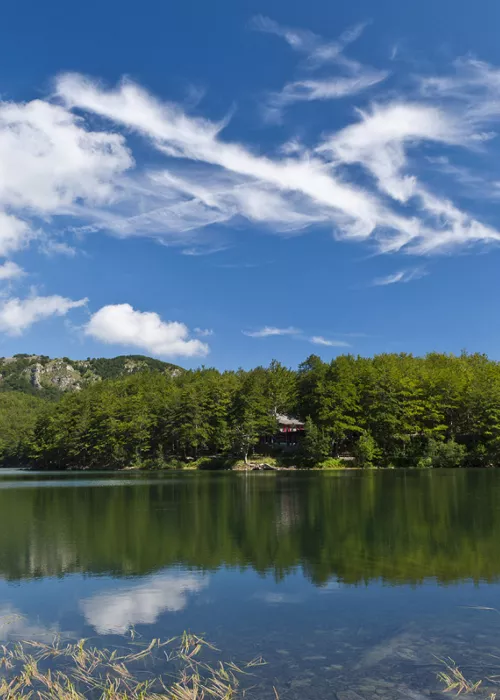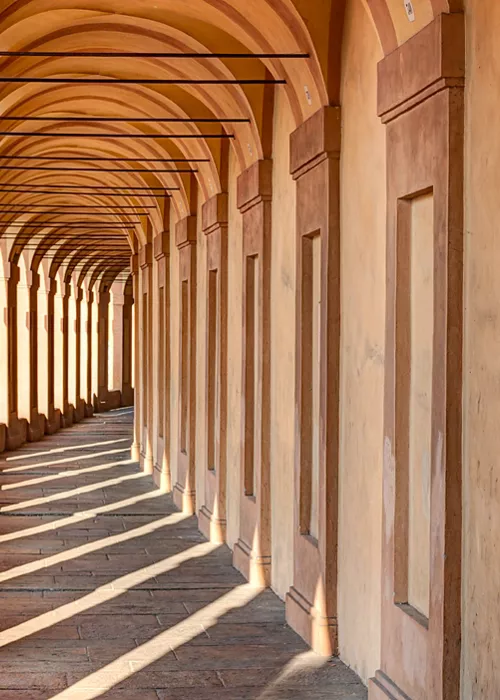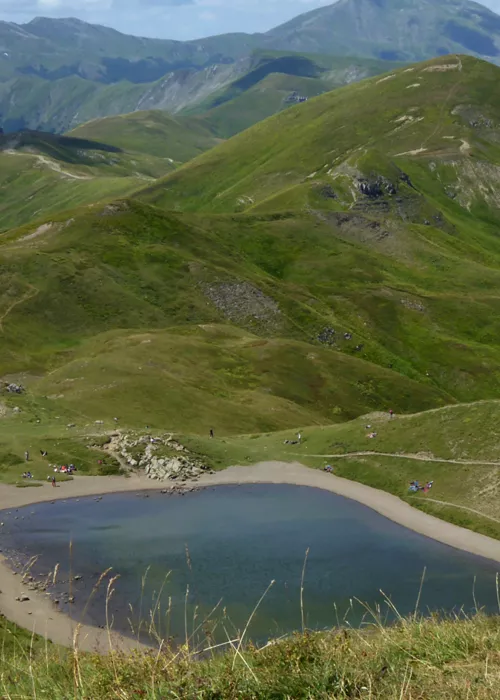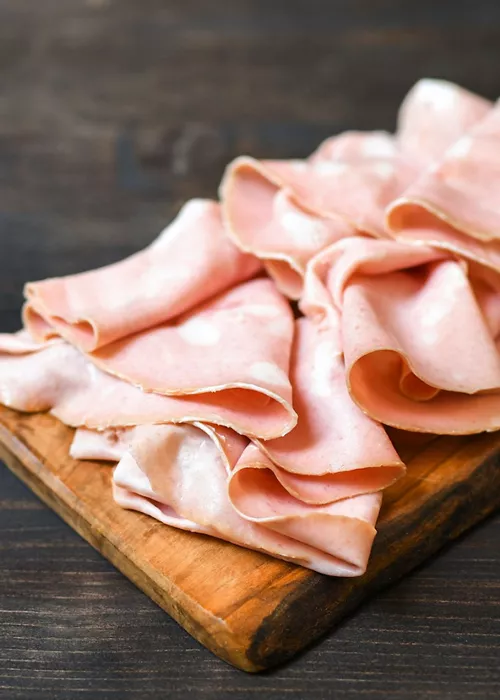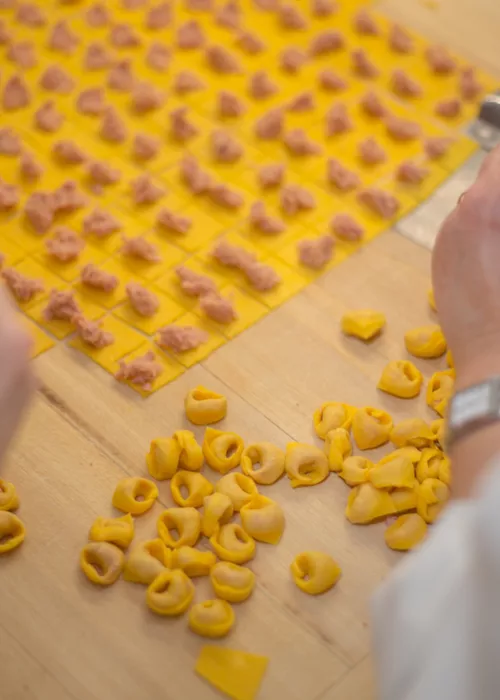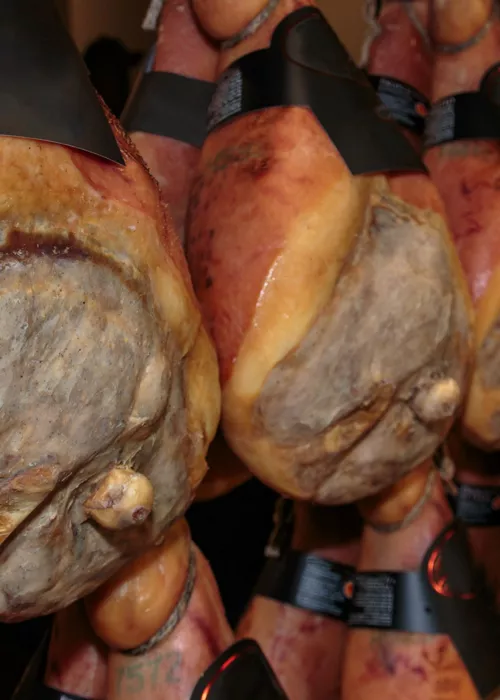8 places in nature you should not miss in and around Bologna
5 minutes
Not everyone knows that the historic centre of Bologna is not the only mesmerizing area. Indeed the city’s surroundings hide really unique places: mountain landscapes, gardens and parks to relax, cycling and trekking to keep fit. Here are some of the several places where you can immerse yourself in nature.
Park of Villa Ghigi
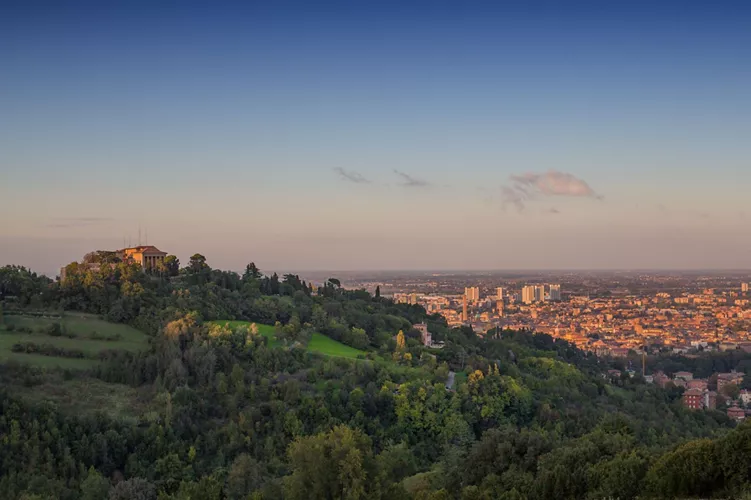
The park alternates cultivated areas with natural areas and offers the possibility of peaceful walks and beautiful views of the city just outside the centre. For its variety, it is a representative sample of the Bolognese hilly landscape. The Fondazione Villa Ghigi provides maps and illustrative material and periodically offers guided views related to seasonal vegetation cycles.
Giardini Margherita
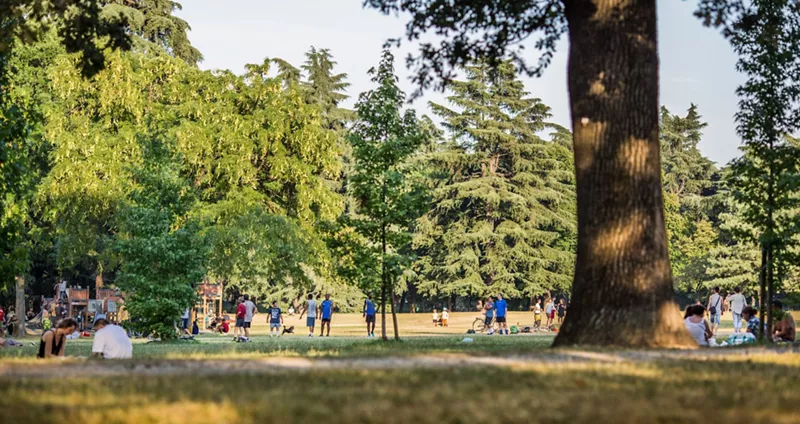
The Giardini Margherita are the green lung of the city center of Bologna. They are the most visited city park and, with its 26 hectares, also the largest.
Botanical Garden
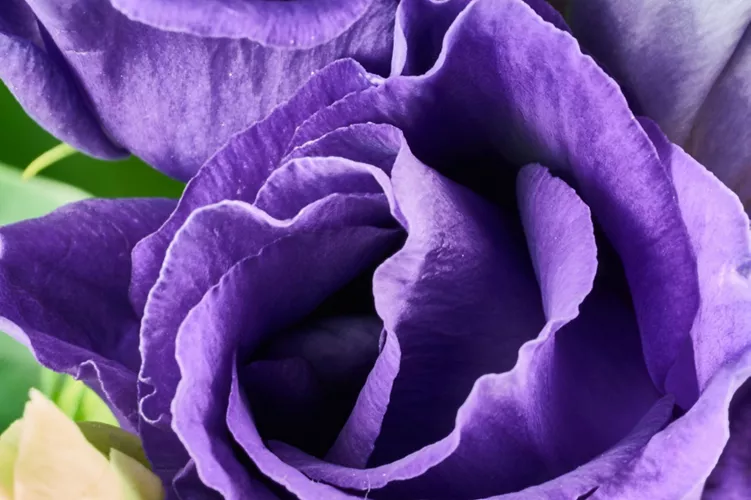
The Botanical Garden of the University of Bologna is one of the oldest in Italy, in fact dating back to the second half of the 16th century. After several relocations it found its final location at 42 Via Irnerio, in the heart of the university area. Don't miss the reconstruction of natural environments in which plant species are associated in a similar way to what happens in nature. The Garden also has four greenhouses, including two tropical and two of succulent plants. In addition to the main teaching activities aimed at the university and schools, associations and visitor groups, the Botanical Garden carries out intensive research support activities.
Oasi La Rizza
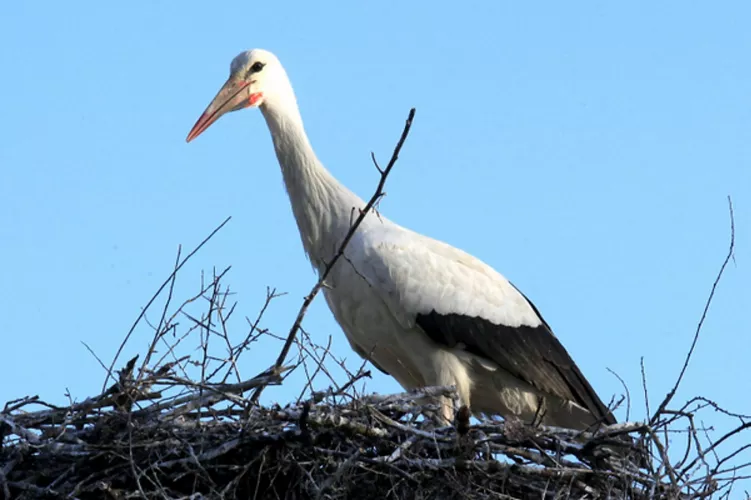
Many of the most beautiful and unusual places are located in the metropolitan area, a few kilometers from the centre. In the plains, you can discover the wonderful Oasi la Rizza, a protected natural area of the former rice paddy of Bentivoglio. In the oasis, it is possible to admire numerous species of resident and migratory birds, such as the grey heron, the white stork and many more, which here find shelter among islands, banks and reeds. The inner areas of the oasis have been equipped with visiting, pedestrian and cycling paths, and observation huts and screens designed to protect the tranquility of the fauna and the local ecosystem.
Historical Park of Monte Sole
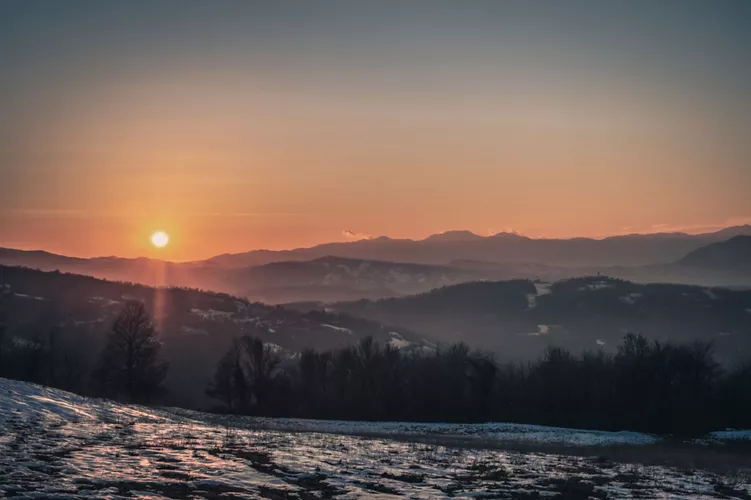
By going hiking up the Apennines, instead, you can explore the Historical Park of Monte Sole, sadly known for the massacre of 1944 by the Nazifascists. Since 1989 it has been a Protected Area, whose main objective, in addition to the protection and enhancement of the environmental heritage, is the dissemination of a culture of peace especially aimed at the younger generations. It hosts within it the path of the "Memorial" that touches the places symbol of the massacre and the peak of Mount Sole with the stele in memory of the partisans sacrificed in these valleys during the war of Liberation. The Park is also characterized by 936 floristic species detected (about a third of the floristic diversity of Emilia-Romagna) and a rich and diverse wildlife.
Corno alle Scale
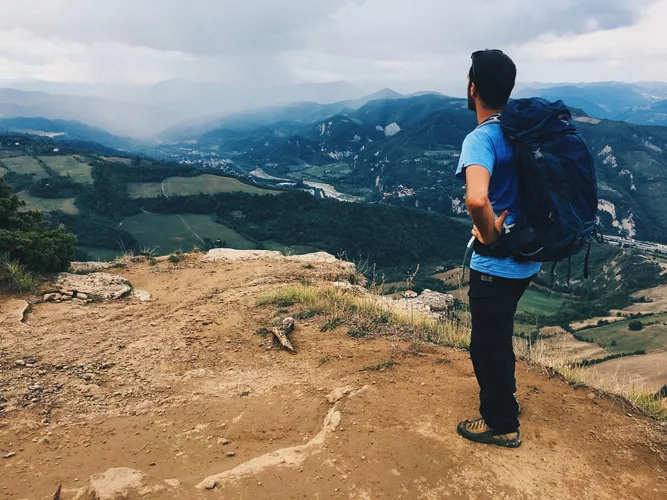
The Corno alle Scale is not only a mountain in the Tuscan-Emilian Apennines, but it is also a renowned ski resort. Located in the territory of the Municipality of Lizzano in Belvedere, the ski resort is a large natural amphitheatre that extends from 1945 meters of the Corno alle Scale up to the picturesque Lake Scaffaiolo. The Regional Park confirms the natural importance of the place, thanks to the interesting geological and mineralogical areas and the lush flora and fauna that make it an ideal destination not only for ski enthusiasts, but also for the many hikers who like to walk in the open air or move by bike.
Via degli Dei e Via della Lana e della Seta
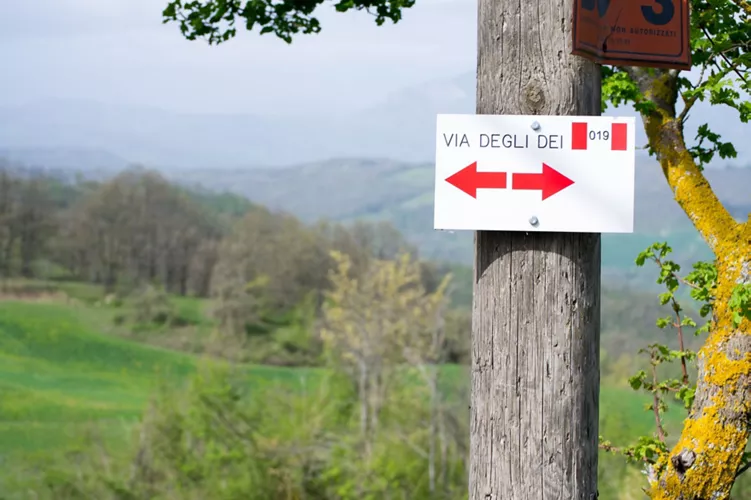
The Via degli Dei is a hiking route that connects the cities of Bologna and Florence through the Tuscan-Emilian Apennines. Today the Via degli Dei has become one of the main tourist attractions of the Apennines; along the way, you will find places rich in history and culture, excellent food and wine, wonderful landscapes and boundless natural parks. Moreover, thanks to its versatility, it is suitable both for lovers of trekking and mountain biking, free to build their own personalized path. The entire crossing from Bologna to Florence does not present great difficulties and can be done in four/six days on foot, or in two/three days by bike.
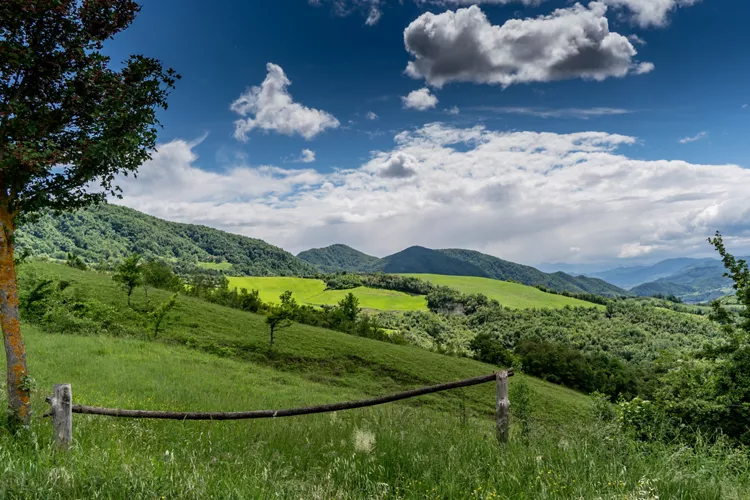
The Via della Lana e della Seta is a six-day trekking route that connects the cities of Bologna and Prato, combining the discovery of the beauty of the mountain territory with the great cultural heritage of the two cities. Characterized by medieval architecture and industrial archaeology related to textile processing, this route connects two cities already united by their productive history: Bologna, the city of the Chiusa and the canals, for centuries the capital of silk and Prato, the city of Cavalciotto, gore and gualchiere, capital of the wool and textile district.
Rocchetta Mattei
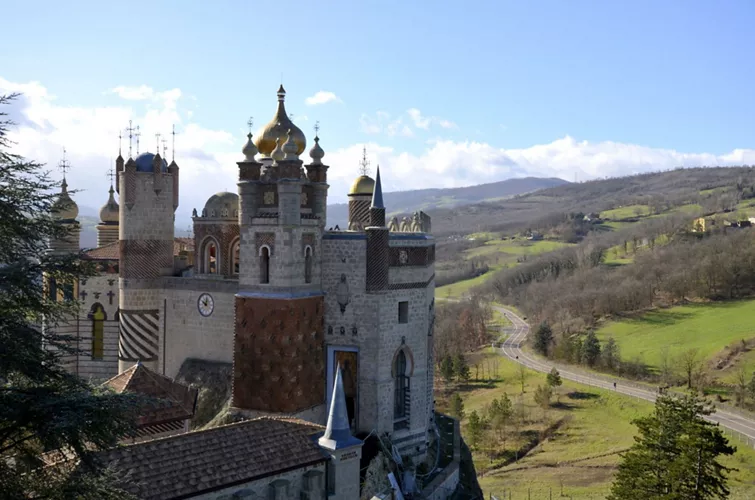
A real gem of the Tuscan-Emilian Apennines, Rocchetta Mattei is located along the road between Bologna and Porretta Terme. Built in the nineteenth century by Count Cesare Mattei on the remains of an ancient medieval castle of Matilde di Canossa, the Rocchetta is characterized by an eclectic style that blends Gothic-Medieval and Moorish influences to create a building with a unique and curious look that recalls the Alhambra of Granada and the Cathedral of Cordoba. According to the intentions of the count Rocchetta had to be the cradle of his invention, the Electrohomeopathy, a form of alternative medicine that, with the use of natural herbs and a method of secret preparation, proposed to cure any evil. The fame of Electrohomeopathy was such that even Dostoevskji, in "The Brothers Karamàzov", emphasizes its notoriety when he tells the devil that he managed to heal from terrible rheumatism thanks to a book and some drops of Count Mattei.
Dozza
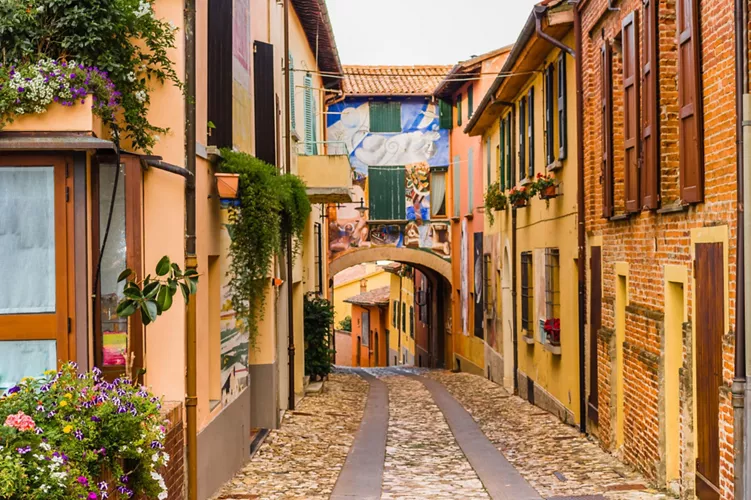
In the Imola area you cannot miss to visit the Medieval Village of Dozza, one of the hundred "Most Beautiful Villages in Italy". It is located south of Bologna, 6 km from Imola. Dozza is best known for the Biennale of Contemporary Art of the Painted Wall which, now in its 25th edition, transforms the village into an open-air museum thanks to the works of well-known artists who cover the walls of the country. You can’t leave Dozza without visiting the Regional Wine Cellar. Located in the evocative underground of the Rocca Sforzesca, more than 800 selected labels are on display and on sale. The venue also host a wine bar for tastings led by professional sommeliers.

